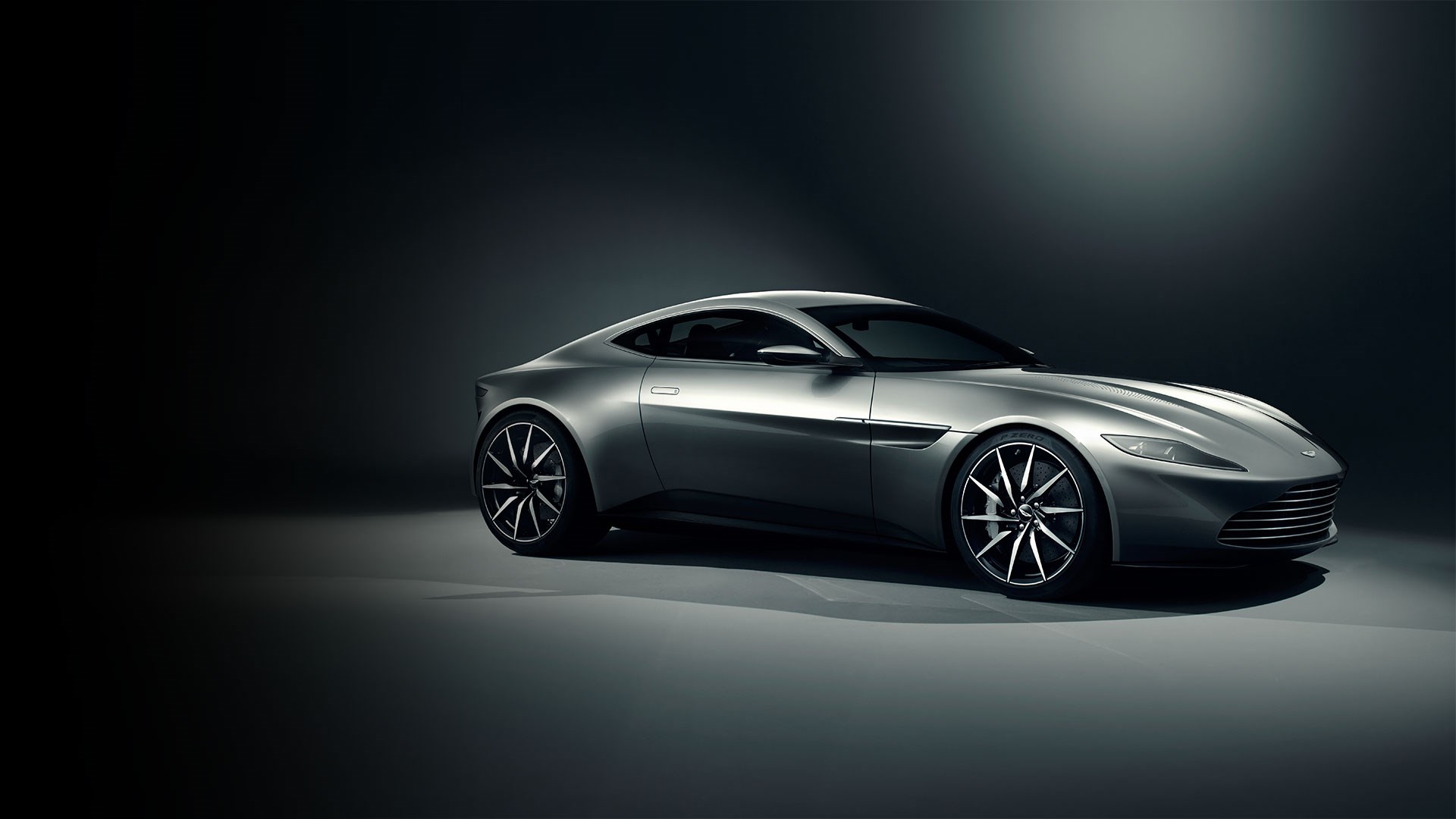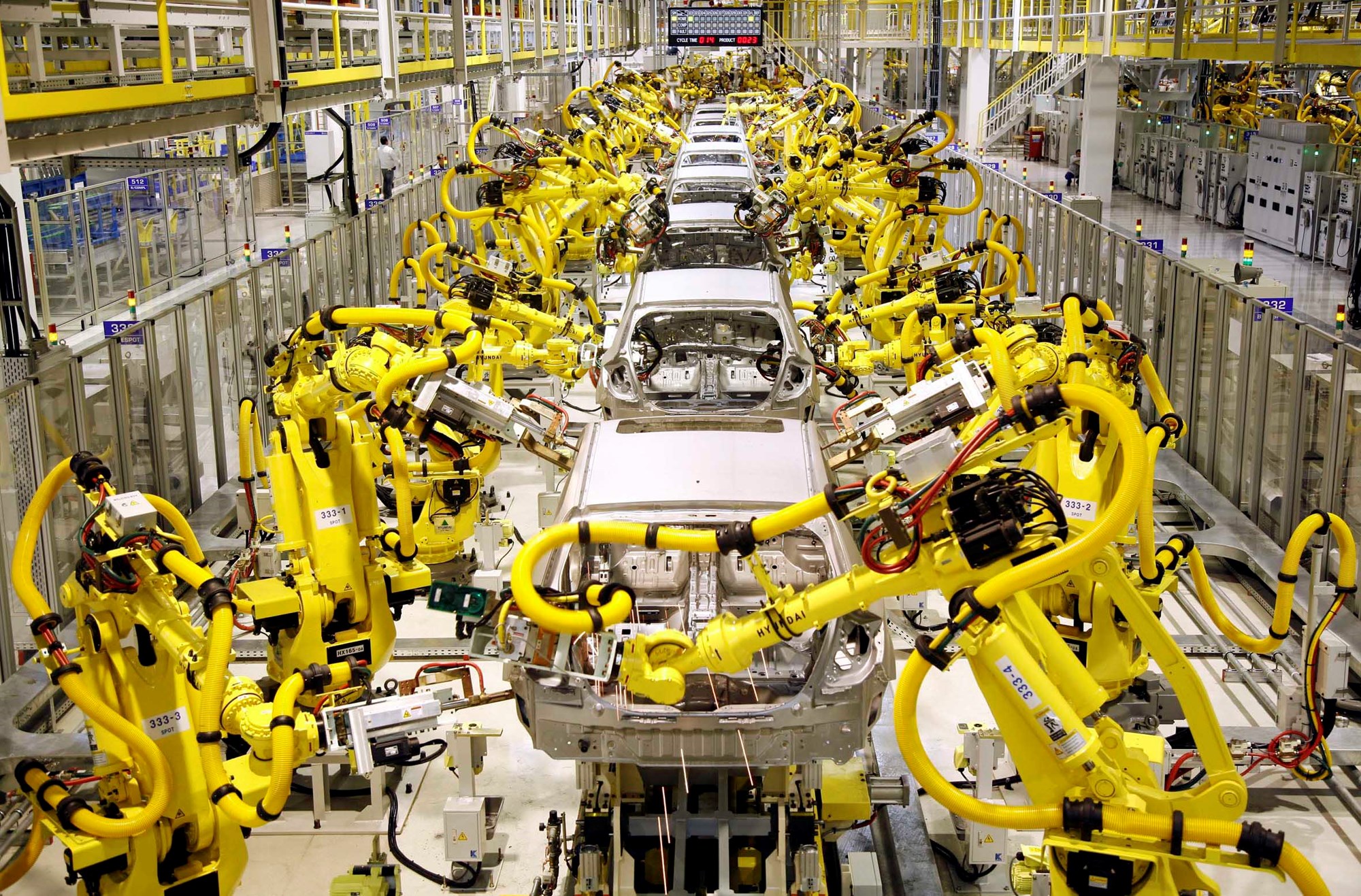... And it’ll be called auto racing
Has it actually come to this? Autonomous cars “racing” around circuits as precisely as possible? The Good Oil is sorry to report that yes, it has.
That’s if a Ford patent application discovered by a motoring blogger in the US is anything to go by.
The application for “Selectable Autonomous Driving Modes” features a sub-section on what it terms “racecar” mode. You’ve already guessed what that means and unfortunately you’re right.
The future of autonomously controlled vehicles, suggests Ford, will be much rosier if self-driving cars have electronically controlled “personalities” to suit different buyer groups.
Ford suggests the car (or “user interface device”) should be able to “adopt the ‘personality’ of the selected driving mode”.
In addition to how the car behaves, instruments would be coloured differently and the vehicle’s synthetic voice would also adjust.
In addition to proposed eco-friendly and “chauffeur” modes, Ford calls for a “sport” mode, whereby the helpless saps inside will experience an autonomously driven vehicle that accelerates and decelerates more aggressively, features stiffer suspension settings and a synthetically adjusted louder engine noise, as well as engages in “more abrupt steering actions”.
The Good Oil wonders whether all Ford’s “user interface devices” will also feature standard “puncture-proof vomit receptacles” to counter the inevitable onset of extreme motion sickness.
It gets worse though, because the application also discusses “racecar“ mode.
This mode “may be implemented on a closed course or track. When in the racecar mode the autonomous driving system… may operate as if a professional racecar driver was driving the autonomous vehicle.”
Just read that back to yourself. It’s hard not to automatically slip into a monotone, isn’t it?
We dearly hope there is a big box marked “What’s the point?” at the US Patent Office and that Ford’s application documents are on their way into it. Because when one is no longer in control of the vehicle, what fun could possibly be wrung-out from such a scenario?
In sport mode the autonomous car will still — we presume — be obeying all traffic laws, which surely won’t change much, especially during the preliminary adoption of such technology in a public setting.
In which case what’s the point in having a mode that will crash through synthesised gear ratios with the seamless brilliance of Walter Rohrl racing up Pikes Peak, only to top out at 50km/h?
Also, won’t the early adopter-types that willingly embrace autonomous vehicles be — by this mode of transport’s very definition — people for whom driving is a chore and cars an obscenity?
Are they likely to opt for a mode that makes the most annoying part of their day slightly more uncomfortable?
What they’re proposing here is essentially a theme park ride. Sorry Ford, but the rollercoaster has already been invented.
Bond’s Aston Martin auctioned

One of 10 Aston Martin DB10 prototypes built especially for smash-o-rama action sequences in the latest James Bond movie, Spectre, has been auctioned in London.
Proceeds went to Doctors Without Borders — an apt recipient given Bond’s ability to cause high degrees of civic chaos in exotic locations while battling volcano-dwelling criminal masterminds.
The Aston Martin, which sold under the hammer for a martini-shaking $52.63 million, was hand-built by the carmaker’s design and engineering team in close partnership with the movie production company.
So while the DB10 is a fully functioning vehicle, you’d have to imagine camera placement consideration and stunt crew safety would have taken precedent over a perfectly functioning sat nav or air-conditioning system.
Despite its Hollywood hero status, Aston Martin has also suggested some elements of the DB10 foreshadow the carmaker’s next-generation production coupe ...
which is to say it looks almost the same as a DB9, with a few bluff edges shaved to razorpoint sharpness. Of the 10 cars built, eight were featured in the movie.
Aston Martin and the production company haven’t detailed any plans to auction or sell other examples, although based on the tidy sum an unnamed collector paid for this one (well over the US$2.1 million the car was expected to fetch), it could be a consideration.
Mercedes replaces robots with humans

If you’ve just read the story of Ford’s vision of joyless circuit “racing”, fear not.
The robots have been dealt a blow in taking over the world by Mercedes-Benz. The German manufacturer has stated that, with the degree of customisation and options available in many of its models, production-line robots will need assistance in assembling cars, simply because humans are faster.
In your face, HAL 9000!
Bloomberg reports that Markus Schaefer, Mercedes’ head of production, believes the degree of variety required is “too much to take on for the machines”. He says to safeguard the future of vehicle production at the Sindelfingen plant (which produces more than 400,000 vehicles per year), Mercedes needs to employ more sentient beings. Rather than taking several days to reprogram assembly robots for a change in production patterns, Mercedes can alter its line over a weekend when relying on humans.
This doesn’t mean an end to robots on the production line; rather the development of smaller machines capable of working around humans. Mercedes calls the idea “Robot Farming”. Other German manufacturers BMW and Volkswagen are also testing similarly specified robots.
Number Crunching
5 MILLION SQ M
The world’s biggest car factory — Hyundai’s Ulsan, South Korea, plant
1.49 KILOMETRES
Length of the production line at VW’s factory in Dresden, Germany
20 CARS
Come off the production line each day at Audi’s R8 plant in Neckarsulm.
7.25 MILLION JOBS
Depend on the auto industry in the United States (including parts makers)




